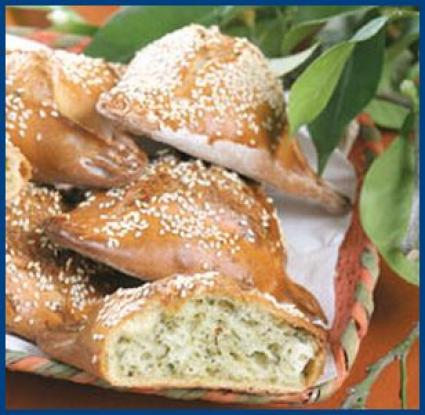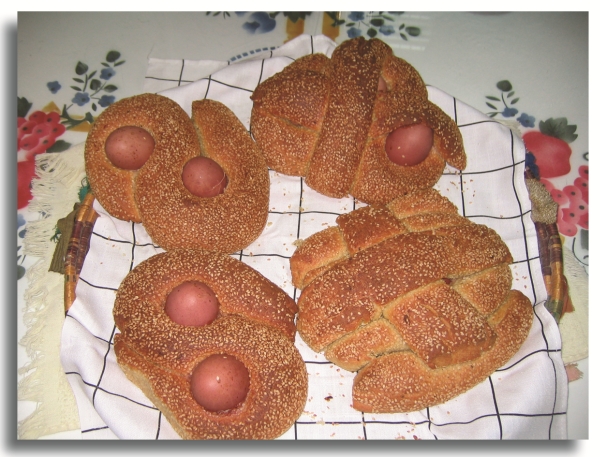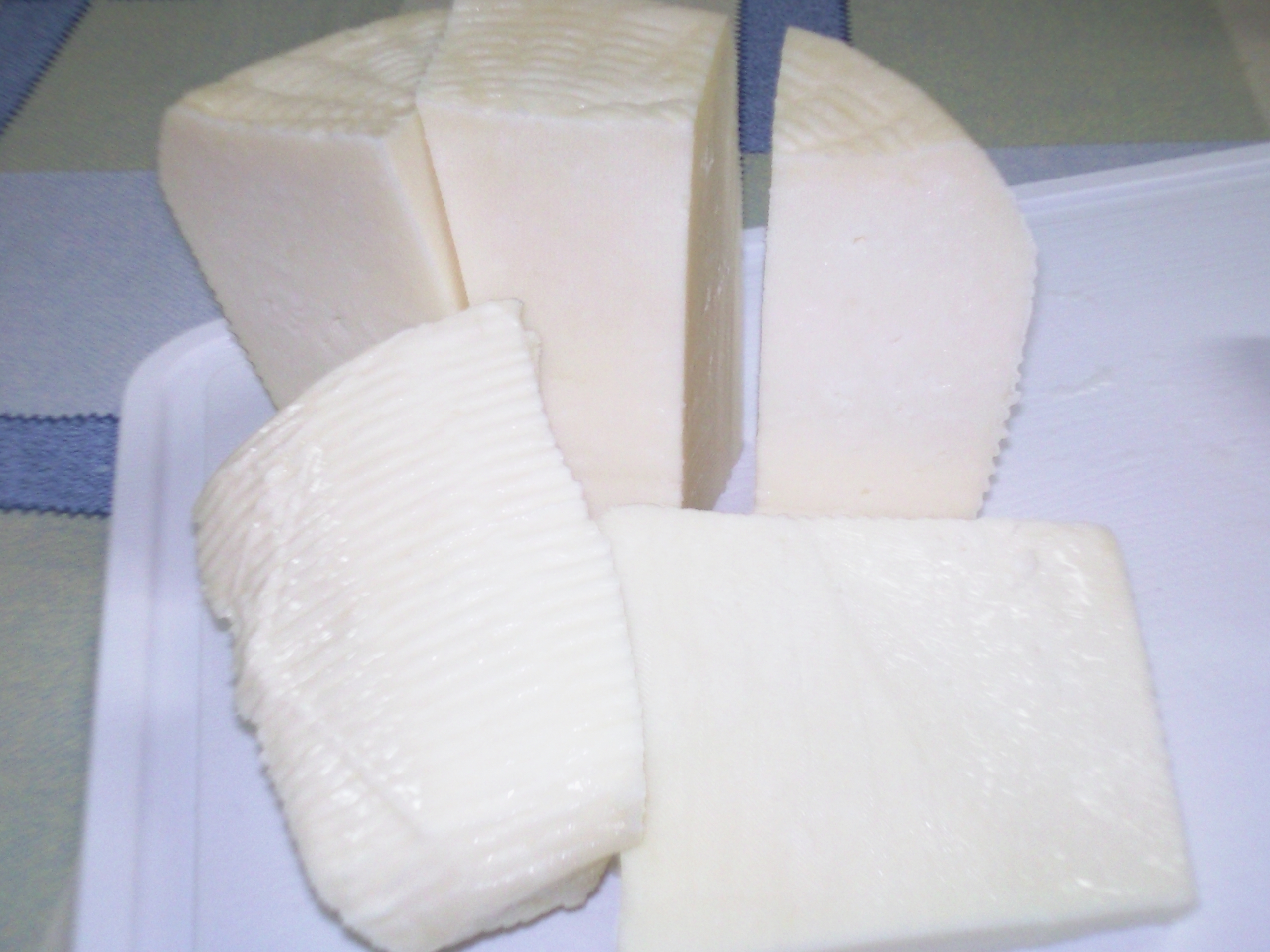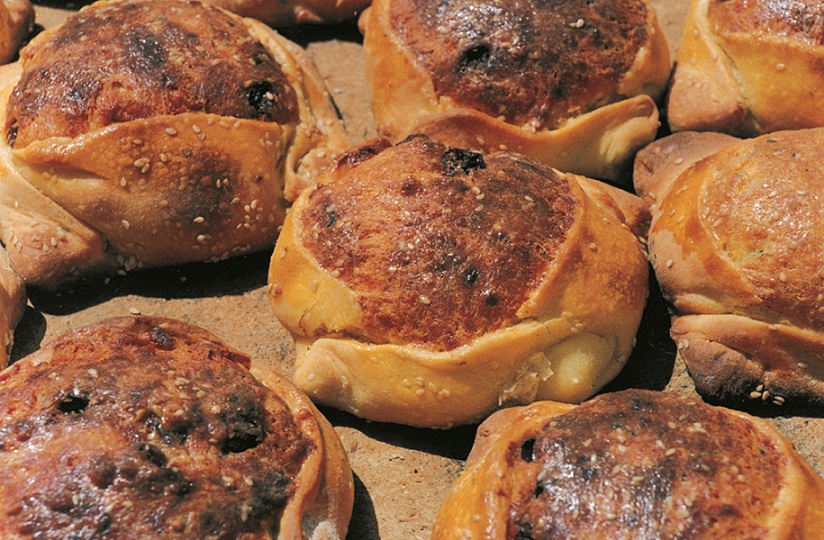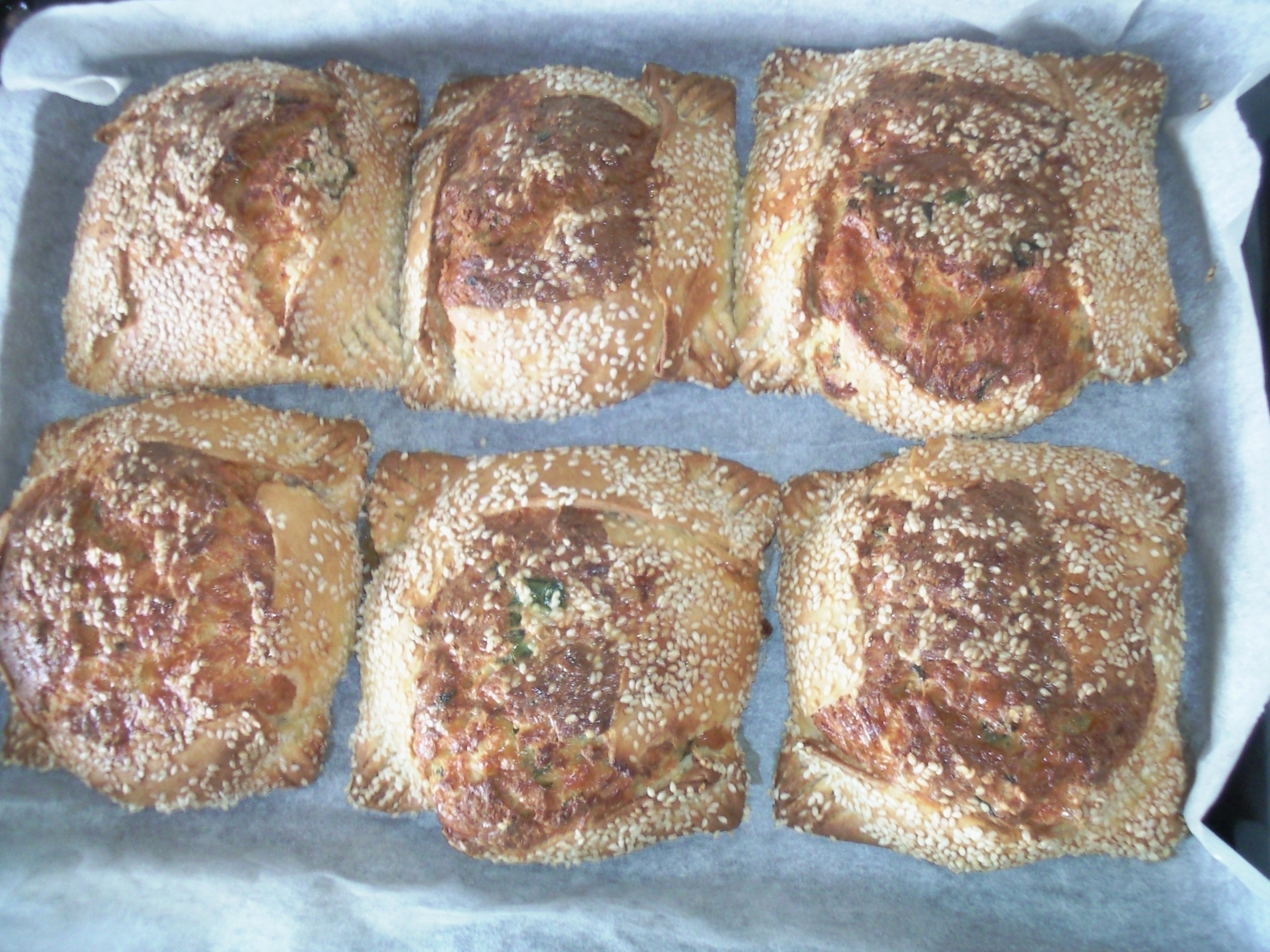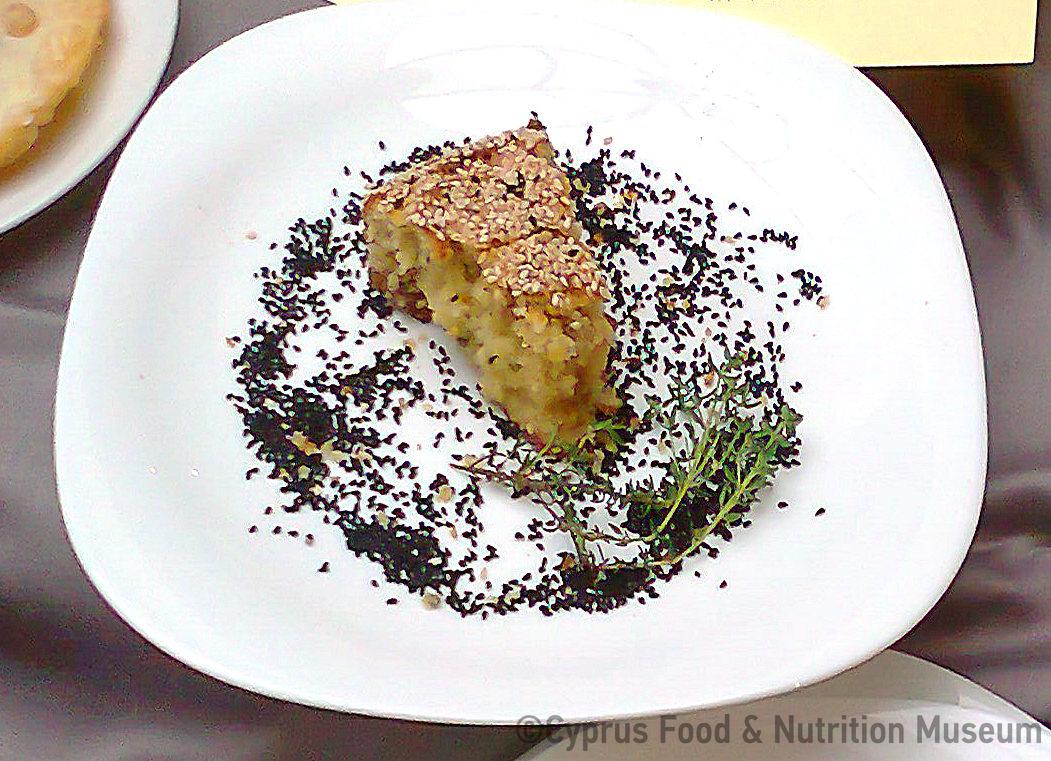When women would put the flaounes in the oven, they would dance around it and, while clapping their hands, they would sing.
Name - Origin
In many villages of Cyprus, on Maundy Thursday they would prepare the 'eftaloitikon fai', a meal that included seven different fasting foods and oil, which was forbidden on the other days of the Holy week. In the evening at vespers, under the lectern where the 12 gospels were to be read, they would place bottles of water for agiasmos, as it was believed to cure headaches. In many villages, along with the water, bottles of wine were placed, which was later drunk when they were sick. On the same day, women would cut spearmint from their yards and after drying it, they would keep it to use in time of need (for stomach aches) as a soothing drink. On Good Friday in the villages, the young people in the early morning would go around the fields collecting wild flowers which they would hand over to the young women who would take the responsibility of decorating the Epitaph. The day that the old housewives preferred to bake their flaounes was on Holy Saturday. Flaouna (pl. flaounes) is considered a purely Cypriot traditional delicacy; some historians associate it with a similar sweet, palathi, which was prepared in ancient Athens and other parts of the ancient Greek world and which would be offered by housewives to children who used to go from house to house singing about the arrival of spring. Flaounes are still made to this day with the same ingredients - flour, eggs and cheese - with perhaps the only difference being that in the past they were baked in the traditional wood-fired oven. When the housewives would put the flaounes in the oven, they would dance around it and clap their hands and sing: "Red like the candelabras, tall as the Kaminia", believing that, in addition to the craftsmanship they put when preparing them, they would achieve even better results by singing these words.
Along with flaounes, or in the next batch - depending on the size of each oven, they would bake Xristopsomo, rusks, avkotes and of course bread for the Easter table. Sophocleous (2004, pp 147-149)
Functional and symbolic role
Preparations for Easter festivities.
Additional information and bibliography
Sophocleous G. (2004), Παράθυρο στη Κύπρο μας. Λαογραφική –Πολιτιστική Ανθολογία, vol. B΄, Nicosia.
Stalo Lazarou

